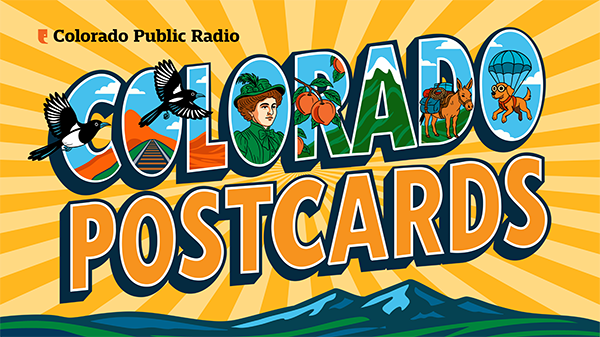
Members of the tight-knit mountain town of Evergreen gathered Monday in support of students at Evergreen High School. The event, at Evergreen Lake, included therapy, animals, music and food to comfort those affected by last week’s shooting. On Wednesday, a 16-year-old student shot two classmates before turning the gun on himself. The shooter died later of his injuries. One of the students remains in critical condition. Police believe the young assailant had been radicalized online and said the shooter was fascinated by previous attacks.
The shooting, yet another by a young male, raises important questions about the workings of the teenage brain and what drives an adolescent to attack fellow students. Here are some takeaways from our conversation with Denver family therapist Craig Knippenberg, author of “Wired and Connected,” a book about adolescent brain development.
How teenage brains are different:
“We have to think about the brains of all teens.… The brain is just massively growing. So, in the prefrontal cortex, where we have our stop mechanisms for impulse control. The functioning drops about in half. At the same time, the emotions, which the prefrontal cortex is supposed to slow down and stop, double in teenagers. Their hormone systems light up and they have twice the emotions as children or as adults. [And then, there is…] what's called the nonverbal system, which is what helps us be social creatures and experience empathy, hopefully. But the nonverbal system just explodes in the teen brain. So everything's about connecting with friends, being in a group, reading each other. There's sarcasm, there's politicking, all of that going on.”
What research shows about the profile of school shooters and how they are drawn into online content:
“They tend to be very rigid thinkers, sort of black and white. I'm right, you're wrong … They often have obsessive fantasies and obsessive hobbies. And they're often socially isolated so they don't fit in.”
How adolescents can be drawn into nefarious online content:
“There are people out there online, especially on social media, that know [these kids] are out there. And those kids, they're just looking for an answer.”
“When someone starts exploring things, the algorithms, they start you out with a vetted kind of popular post on it. Whatever the topic is, it could be self-harm, it could be eating disorders, it could be suicide or extremist thoughts. And they start you out with simple ones. And then the algorithm picks up that you liked it, and then they feed more to you and they keep feeding you more and more. And the more they do, the more extreme they get. Then the person starts connecting with them online and all of a sudden they're offered a group that they want them to join … [and that gives them] a sense of belonging that ‘I can serve a purpose.’”
On whether Knippenberg has witnessed these patterns in his own adolescent clients:
“I tend to see a lot of the kids who’ve been victimized … and really trying to just wrap their heads around why did that happen? In my own practice, I have had to deal … more with self-harm. [There have] been a lot of suicides in my career. ”
Can parents stop kids from engaging in online activity?
“Almost every time you see something on … how to protect your kids on social media, [the kids] figure it out. They know ways around it. In fact, several years ago, the Wall Street Journal [reporter] said she was no longer going to cover stories on how to protect your kids on … social media and phones, because they get around it. They just figure it out. They're ahead of the adults.”
“I always promote waiting till at least 16 before you give your kid a smartphone. But digital awareness starts young. And just like you teach your little ones about safe people and unsafe people, they need to learn what's safe and what's not safe online and, and how online platforms, gaming, social media, manipulates you.”
How to help kids who have experienced a school shooting or fear it will happen to them:
“As a mental health first responder at Columbine, it was critical for [those] kids and these children in Evergreen to connect with their peers, to feel safe and secure. Statistically, school is the safest place for kids. They have far less accidents than they do in other places. It's hard to understand statistics, but it's helping them understand that even though it's incredibly horrible how it's escalated, it's still relatively small in terms of actual people being hurt.”
“But you want to remind your children they are safe and we’re for you and we love you and we care about you.”
- What we know about the Evergreen High School shooting
- Mental health resources for those affected by Evergreen school shooting
- ‘Evergreen Strong’: Hundreds attend vigil after high school shooting in Colorado
- ‘I tell my children they are safe. And I feel like a liar.’ Evergreen school shooting lays bare parents’ worst fears









